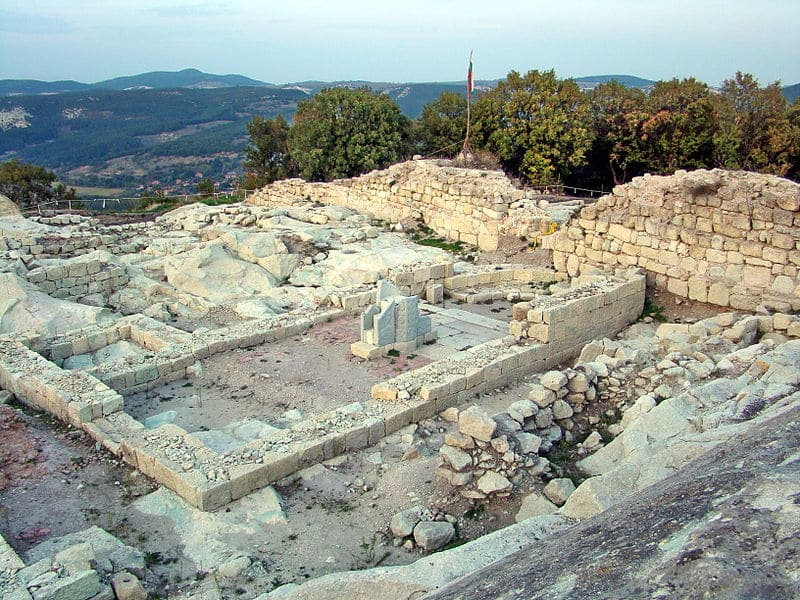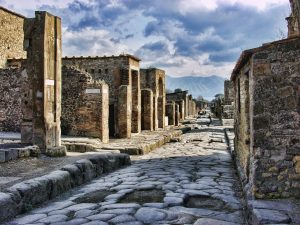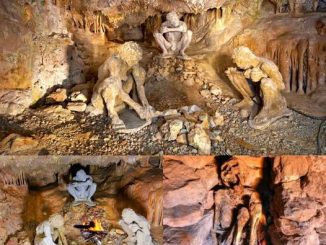The largest ancient water storage tank in the Balkans, carved into the rock sanctuary of Perperikon, near Kardzhali in southern Bulgaria. The tank, measuring 40 feet long, 20 feet wide, and 20 feet deep, has a capacity of 432,000 liters. The city of Perperikon has been inhabited since around 5000 BCE, while a nearby shrine dedicated to Orpheus, near the village of Tatul, dates back to 6000 BCE and is older than the Pyramids of Giza.

Bulgaria’s ancient sacred site of Perperikon continues to astound archaeologists with its rich history and remarkable discoveries. Recent excavations have unearthed a fascinating relic dating back to the second century CE – a sophisticated drinking water collection tank. This remarkable structure, believed to have been in use for millennia, stands as a testament to the ingenuity of ancient builders.
Situated at the entrance to the southern neighborhood of Perperikon, the water collection tank served as a crucial element of the site’s infrastructure, overseeing the main road into the ancient settlement. Its design showcases the extraordinary skills of its creators, boasting an intricate network of precisely carved grooves within the rock. Despite being established 1800 years ago, recent heavy rains have demonstrated its enduring functionality.
Professor Nikolai Ovcharov, leading the excavation efforts, described the tank as once featuring a magnificent fountain adorned with a bronze spout, likely fashioned in the likeness of a head. This architectural marvel was integrated into a larger complex, complete with colonnades and elaborate embellishments, hinting at its significance within the ancient landscape.
While it is presumed that the tank served a religious purpose, further research is needed to confirm its exact role within the site. Perperikon, nestled in Bulgaria’s eastern Rhodopes region, has been a focal point of religious activity for over seven millennia, initially utilized by the Thracian civilization. Today, it remains a popular tourist destination, drawing visitors from around the world eager to explore its mysteries.

The city of Perperikon has been inhabited since around 5000 BC, while a nearby shrine dedicated to Orpheus, near the village of Tatul, dates back to 6000 BC and is older than the Pyramids of Giza. Photo by www.bulgariancastles.com
The recent discovery of this colossal water tank, measuring twelve meters in length, six meters in width, and six meters in depth, further underscores the advanced infrastructure and extensive water management systems present in ancient Perperikon. Renowned archaeologist Nikolay Ovcharov, instrumental in the excavation, believes this find provides compelling evidence of the site’s dense population and abundant water resources during ancient times.
Perperikon’s rich history traces back to 5000 BC, with evidence of continuous habitation throughout the millennia. Nearby shrines, such as the one dedicated to Orpheus near the village of Tatul, predate even the Pyramids of Giza, underscoring the significance of this region in the annals of human civilization.
As excavations persist and new discoveries come to light, Perperikon stands as a beacon of cultural heritage, offering invaluable insights into the ancient past and the remarkable achievements of our ancestors.

(Photos: BNT and BNR Kurdhzali)








